Top Secret: Images from the Stasi Archives, by Simon Menner.
Available on Amazon UK and soon on Amazon USA.
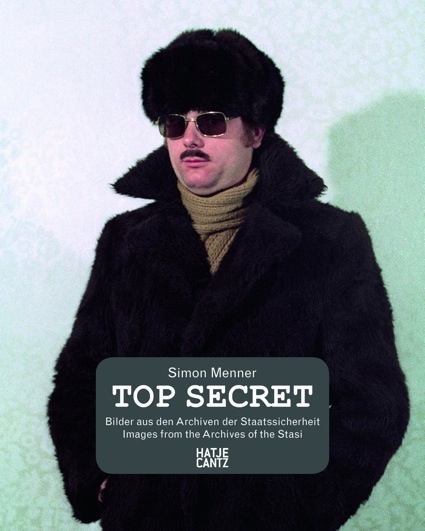
Publisher Hatje Cantz writes: First publication of pictures from the archives of the Stasi, the East German secret police
Almost 300,000 people worked for the East German secret police, per capita far more than were employed by agencies such as the CIA or the KGB. Not quite fifty years after the Berlin Wall was built, Simon Menner (*1978 in Emmendingen) discovered spectacular photographs in the Stasi archives that document the agency’s surveillance work. Formerly secret, highly official photographs show officers and employees putting on professional uniforms, gluing on fake beards, or signaling to each other with their hands. Today, the sight of them is almost ridiculous, although the laughter sticks in the viewer’s throat. This publication can be regarded as a visual processing of German history and an examination of current surveillance issues, yet it is extremely amusing at the same time. The fact that the doors of the opposite side–the British or German intelligence services, for example–remained closed to the artist lends the theme an explosive force as well as a tinge of absurdity.
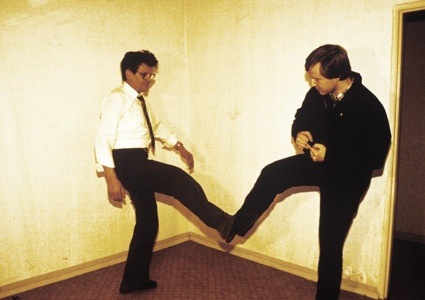 Close combat. From a manual for different close combat techniques
Close combat. From a manual for different close combat techniques
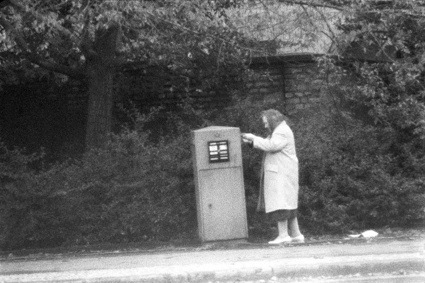 Surveillance of Mailboxes
Surveillance of Mailboxes
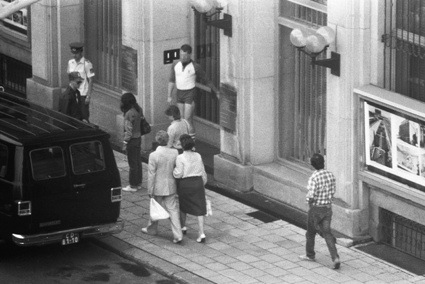 Surveillance of the United States Embassy
Surveillance of the United States Embassy
Simon Menner has one of the most peculiar portfolios i’ve ever encountered. Snipers hidden among the trees, soldiers posing with corpses, Boobytraps and “Unconventional Warfare Devices and Techniques” from the 1960s, weapons used to murder people, views of WWI from both sides of the conflict, etc. Even the photos of Happy People have been selected for some very dark reason.
For one of his latest photo series, Menner spent 2 years searching through the Stasi archives, the majority of which were opened to the public shortly after the fall of the Berlin Wall.
The Ministerium für Staatssicherheit (Department of State Security) of the former German Democratic Republic was one of the largest surveillance apparatuses in history and its record of citizens’ intimate life was thorough and sinister. The story and practices of the Stasi have been fairly well documented. Until this book however, we still lacked a clear visual account of the methods, tactics and props used by the spying agents.
The publication presents a selection of images documenting many of the Stasi operations: the spying accoutrement of Stasi personnel, the techniques employed to shadow or arrest a suspect, the signs used to convey secret messages, the packages sent via mail and confiscated by the secret police, etc.
The most baffling photos were taken during seminars in which Stasi employees learnt the art of disguise.
The props are amateurish, the poses are awkward and the result is grotesque beyond words. Yet, the intentions were serious: repression, control, surveillance.
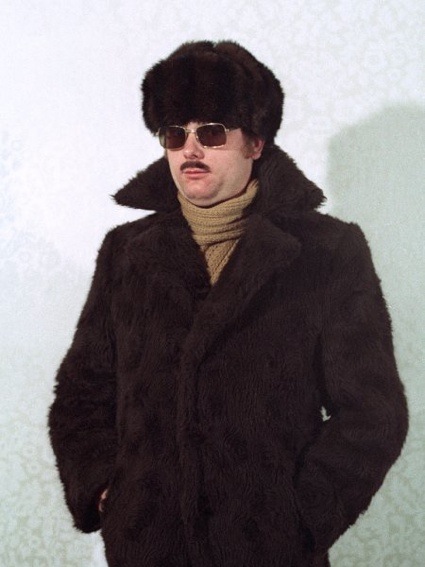 From a seminar on disguises
From a seminar on disguises
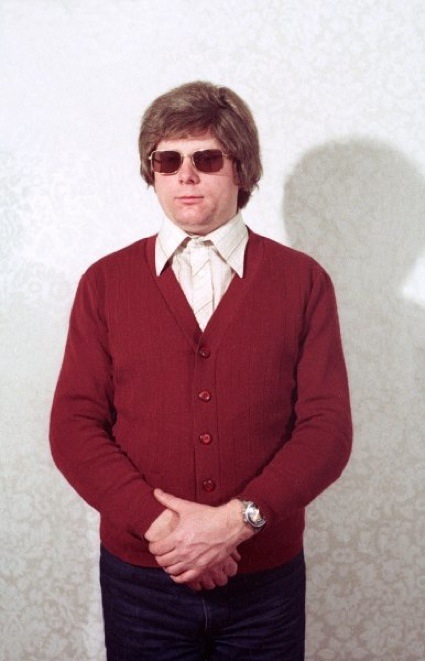 The same agent using a different disguise
The same agent using a different disguise
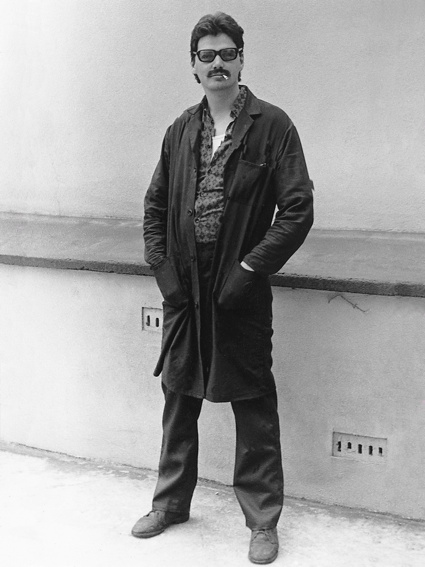 From a handbook of Different Disguises
From a handbook of Different Disguises
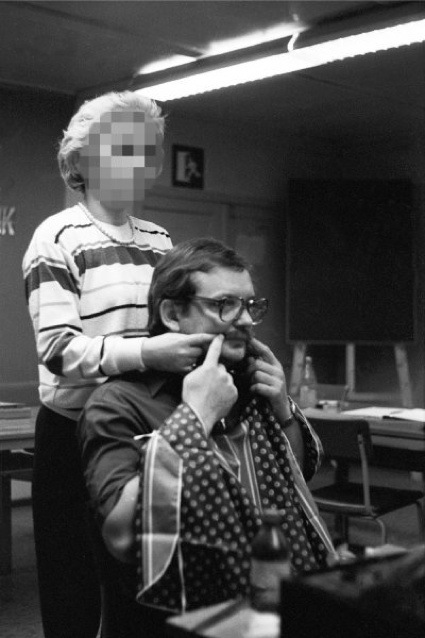 Documentation of a seminar teaching how to apply artificial facial hair
Documentation of a seminar teaching how to apply artificial facial hair
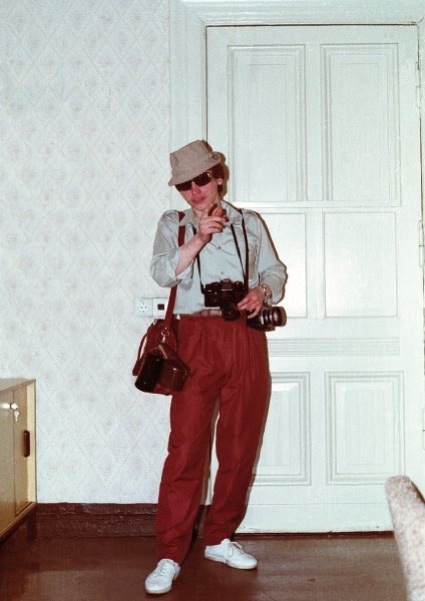 Disguising as Western tourist
Disguising as Western tourist
The award for most disturbing photos go to Polaroids of unmade beds, (Western-made) coffee machines and rows of shoes. The photos were taken by Stasi agents when they secretly searched peoples’ houses on the hunt for evidence they might be betraying the communist state. Photos of the rooms and furniture were taken upon arrival and used by the agents to be able afterwards to put everything back as if nothing had been touched.
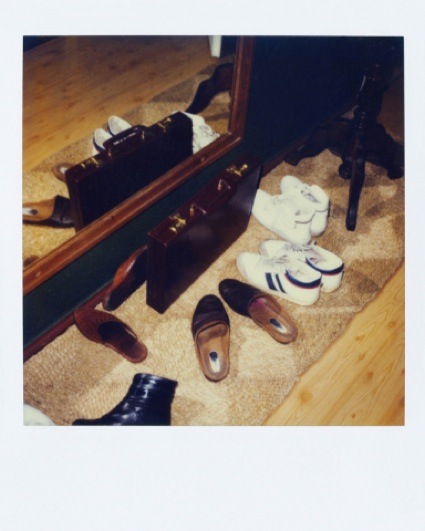 Secret House Searches
Secret House Searches
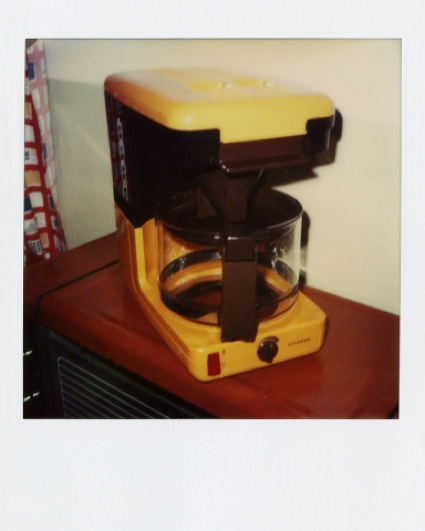 Secret House Searches
Secret House Searches
The photos below were taken at the birthday party of a high-ranking Stasi official. The party guests were asked to come dressed as members of demographic groups under Stasi surveillance such as athletes, dancers, academics, peace activists, and religious figures.
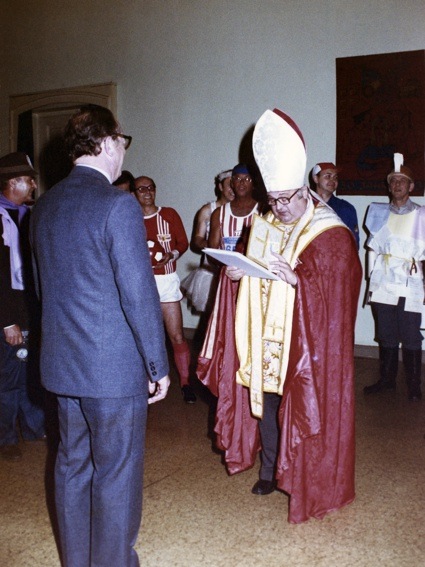 Costume party. Guests were dressed up as members of demographic groups -such as clergymen- that the Stasi deemed suspicious
Costume party. Guests were dressed up as members of demographic groups -such as clergymen- that the Stasi deemed suspicious
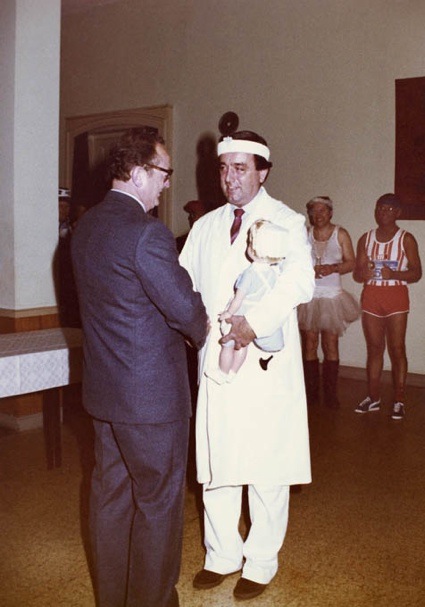 Costume Party
Costume Party
Spies of the western Allied Forces photographed Stasi spies and Stasi spies photographed their Western counterparts. “Sometimes they met, both sides were absolutely aware that the other side was there, but nevertheless both sides took photos, showing that both East and West lived in pretty much the same state of mind,” the artist explained. So far, however, Menner hasn’t been granted access to the correspondent photos from the British or Federal German secret services.
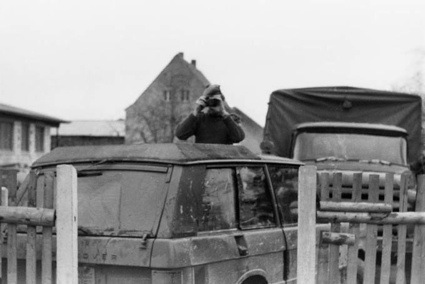 Spies taking pictures of spies
Spies taking pictures of spies
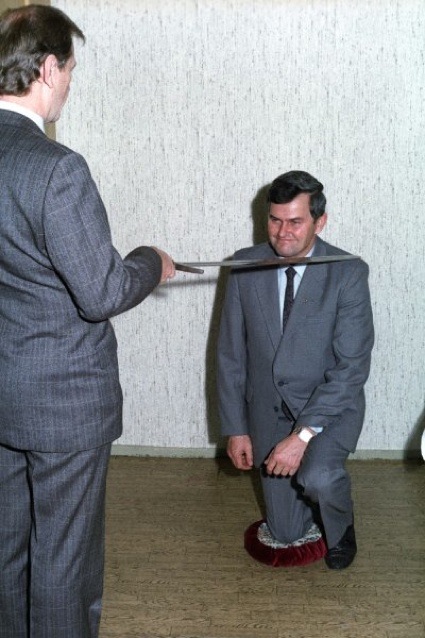 Accolade of the Phone Surveillance Unit
Accolade of the Phone Surveillance Unit
I love the necklace, very Tatty Devine!
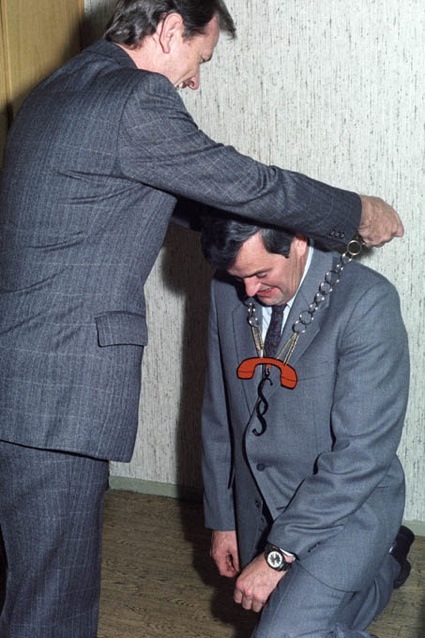 Accolade of the Phone Surveillance Unit
Accolade of the Phone Surveillance Unit
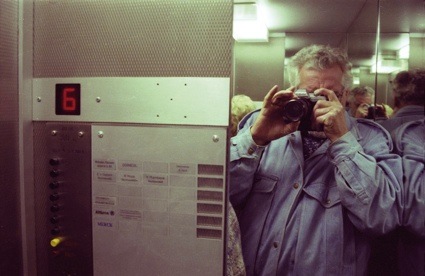 Stasi spy photographs himself
Stasi spy photographs himself
More images on the photographer’s website, in Der Spiegel and Morgen Contemporary.
